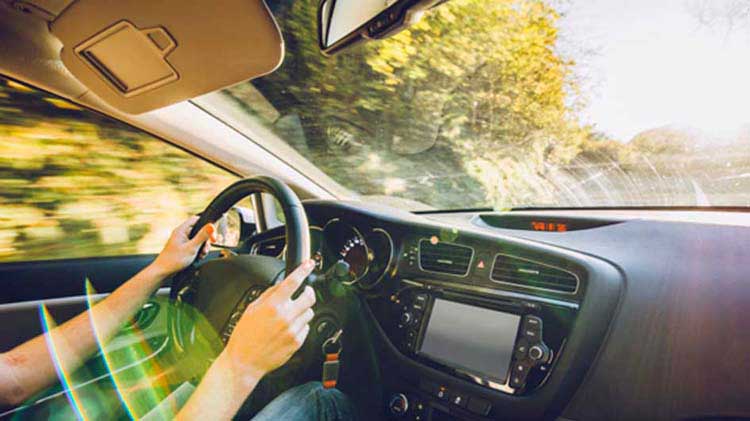This post was originally published on www.statefarm.com
During the hot summer months, it is important to remember to make sure vehicles are properly maintained and equipped with roadside emergency supplies to help keep families safe. Before logging all those miles:
Beat the heat
Inspect the radiator, pressure cap, belts, and hoses to make sure they are in good shape with no signs of blisters, cracks, or cuts in the rubber. You may also want to check out these other tips to protect your car from sun damage.
Hydrate your vehicle
Check fluid levels: brake, automatic transmission, power steering, windshield washer and coolant. Make sure each reservoir is full and if you see any sign of fluid leakage, take your vehicle in to be serviced.
Road trip check up
Before any longer trip, any time of year, remember to give your vehicle a check-up and make fixes yourself:
- Check the air pressure in all tires, including the spare;
- Make sure the wiper blades are functioning properly;
- Check battery life and inspect batteries and battery cables;
- Inspect brake pads and linings for wear; change the oil and filter according to manufacturer’s service interval specifications; and
- Test the headlights, brake lights, turn signals, emergency flashers and interior lights.
Pack an emergency kit
Move the beach gear over for the roadside emergency kit. Even if you’ve prepared your vehicle for summer travel, it never hurts to have a “just in case” kit in your trunk. Your emergency kit should include:
- Jumper cables in case you or someone else needs a jump start;
- Flashlight;
- Emergency flat tire repair and/or spare tire;
- Gloves, blankets and towels;
- Hazard triangle, road flares, brightly colored distress sign, or “Help” or “Call Police” flag;
- Screwdrivers and wrenches;
- First aid kit;
- Cell phone and charger;
- Water for both the car radiator and your family; and
- High-calorie, non-perishable food.
Traveling with kids
- Always use proper safety restraints for all occupants.
- Use the long drive as teaching moments about safe driving.
- Pack a cooler with healthy snacks like water, fruit, nuts and granola.
- Stop every few hours to let the kids stretch their legs.
- Adults should take the time to exit the vehicle and stretch too. If you become drowsy, don’t hesitate to pull over to a safe location and rest until you feel able to continue the drive.
- Use electronic devices to help keep away the boredom on the long drives, as long as its not distracting to the driver.
Make sure to check and stock trunk supplies twice a year and remember never leave on a road trip with your vehicle’s “check engine light” or “malfunction indicator light” lit up. If you take these precautions, you and your vehicle might be happier on the roads this summer. And don’t forget to have fun!
Check out additional driving, maintenance and car insurance articles.
[ad_1]
